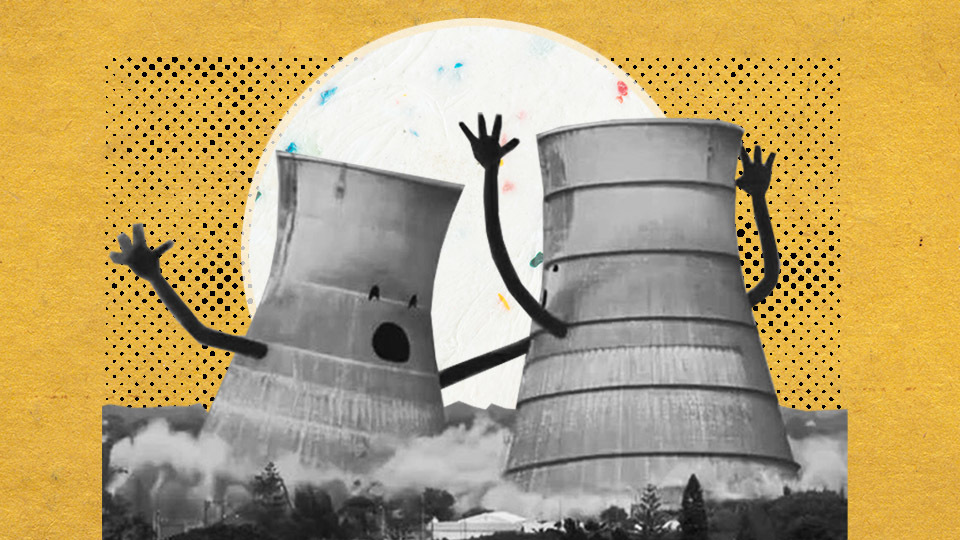Halting the NFT Mania

Everyday we’re seeing something new in the NFT segment of the cryptoverse. Whether it’s the launch of new non-fungible token (NFT) projects, record-setting sales for a novel NFT, or a creative application for NFTs, previously unknown – there is a lot going on in the NFT sector.
Recent jaw-dropping developments include the news that Cryptopunks had crossed the $1 billion mark in all-time sales. While the largest NFT marketplace, Opensea, had a record-setting month in August registering more than $3.4 billion in transaction volume.
There is almost an NFT euphoria building and people don’t want to miss out. That’s an almost certain signal that we can expect to hear more about NFT thefts, scams, and hacks as we did earlier in the year when NFTs exploded on the collective consciousness of society.
As with any asset – whether digital or traditional – there is a risk of theft. If an account is hacked or has subpar passwords, the asset is at risk. The risk rises significantly if the NFT owner stores the asset on a “hot wallet” connected to the Internet.
Anyone who pays thousands of dollars for an NFT should consider paying just over $100 for a cold storage wallet such as Ledger or Trezor. Otherwise a stolen NFT can quickly be posted and sold on an open exchange.
Another issue arises around what is actually being sold as an NFT. Earlier this year it was reported that a seller tried to market an active piece of hacker code as an NFT, claiming it was a form of “highly collectible hacker artwork.”
Opensea removed the listing shortly after it was posted. In the wrong hands, that type of malware could have had disastrous consequences well beyond the novelty of owning dangerous, deployable hackerware.
Introducing, the 0day collection, you can now own an exclusive HackerFantastic authored 0day exploit as part of our NFT proof-of-concept sale series. The first digital asset for sale in our collection is for Quake3. Highly collectible hacker artwork
https://t.co/BIZmrfXNKn pic.twitter.com/NTBSO8OZ7U
— Hacker Fantastic (@hackerfantastic) March 8, 2021
Lastly there’s an issue of digital shortcuts that can leave certain NFTs vulnerable. In the early days of NFTs the bandwidth on blockchains was’t large enough to store the massive digital files of high-resolution graphical images.
The co-creator of NFT technology, Anil Dash, stated that to get around that obstacle they used encrypted web addresses on the blockchain that were linked to the actual image assets. Dash says that practice is still widely used today and could provide a point of failure for ransomware or outright theft.
Brand new NFTs are like any other asset worth protecting, and your best defense is plain old common sense. You need to protect yourself, and your NFTs, by not falling for scams and fake airdrops. If it sounds too good to be true, it probably is – so don’t be greedy.
Do your own research on every NFT project and exchange in which you invest. Follow strong security measures to protect your investments and NFT assets. No one is going to care more about your digital assets than you, so make sure you fully engage your most valuable asset first – that being your brain.
On The Flipside
- It seems that thieves and hackers are getting smarter, while investors are getting dumber.
- A famous NYC artist created an NFT of an invisible rock and it sold for thousands. It was a white jpeg file.
- “In their wisdom, they became foolish.” ~ ancient proverb
EMAIL NEWSLETTER
Join to get the flipside of crypto
Upgrade your inbox and get our DailyCoin editors’ picks 1x a week delivered straight to your inbox.
[contact-form-7]
You can always unsubscribe with just 1 click.
NFT, NFT mania, NFT ScamsRead More
OhNoCrypto
via https://www.ohnocrypto.com
, Khareem Sudlow

